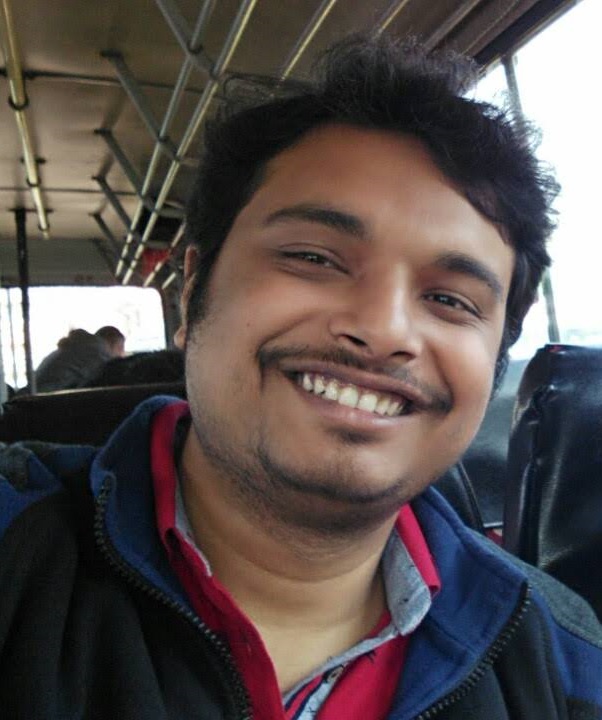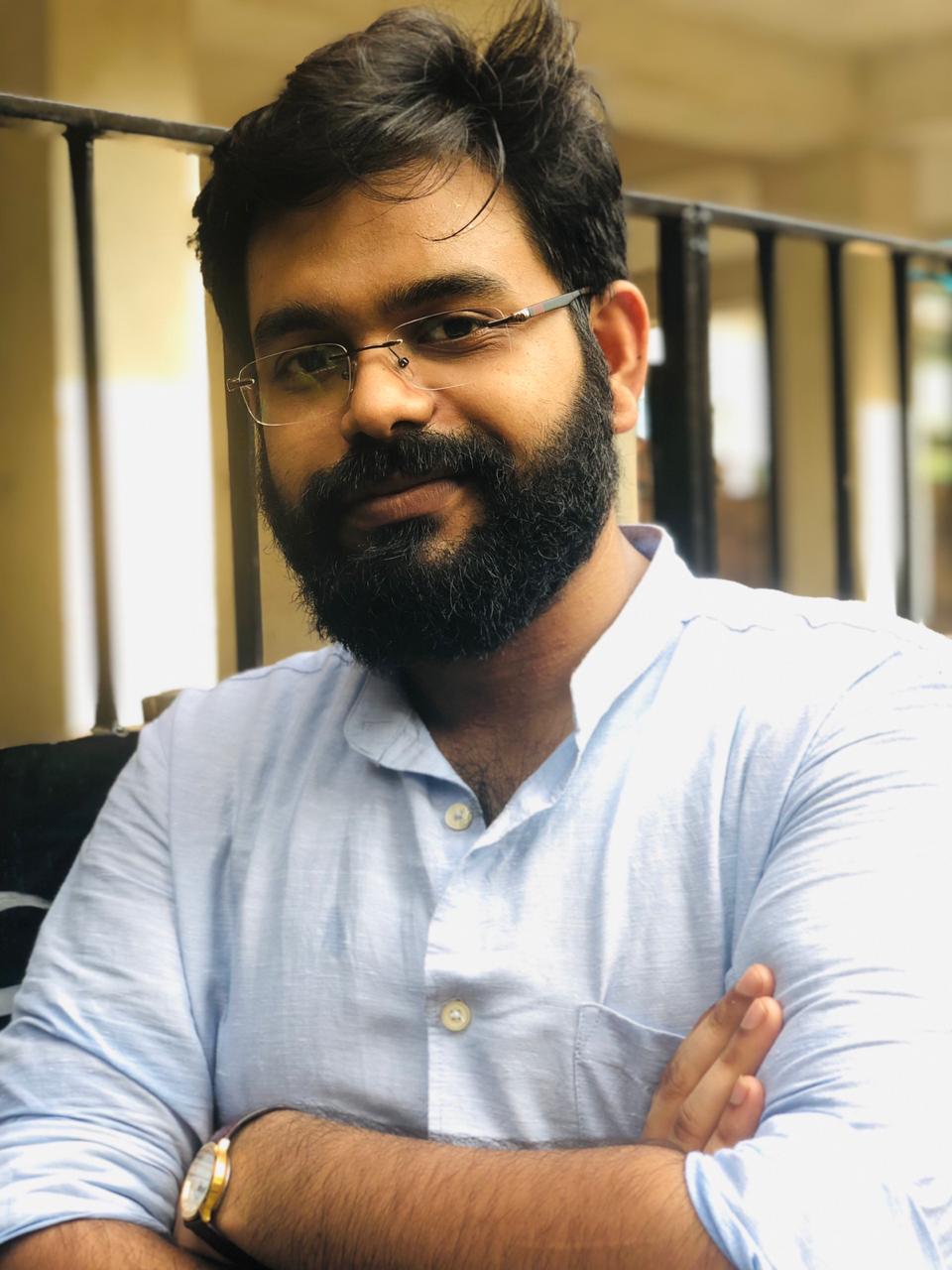
Souradeep Banerjee
Exams qualified:
CSIR-JRF Dec 2018, TIFR-JGEEBILS 2018, ARS-NET 2018, GATE 2017
Souradeep is interested in knowing how under a physiological force regime (dyne/cm 2 ), membrane and ECM proteins are sensing the force without getting damaged. How they are interacting with each other and transducing the mechanic signals through them to inside and outside of the cell. Additionally, how chaperones are playing their part in this mechanosignaling and assisting the mechanosensing proteins to act properly at single molecular level.
Apart from biology and all its awesomeness, he loves music, animals and spending time with his family.

Soham Chakraborty
Exams qualified:
GATE 2018
Soham’s research involves the use of biophysical and cell biological techniques to decode the mechanical
features of proteins that are involved in cellular mechanosensing at cell-ECM and cell-cell junctions.
These adhesion proteins undergo force-dependent conformational changes to regulate their
interactions with other proteins which in turn alter cellular physiology from developmental context
to pathologies including cancer and cardiovascular diseases.
He is also very fond of Bengali sweet dishes and playing cricket.








